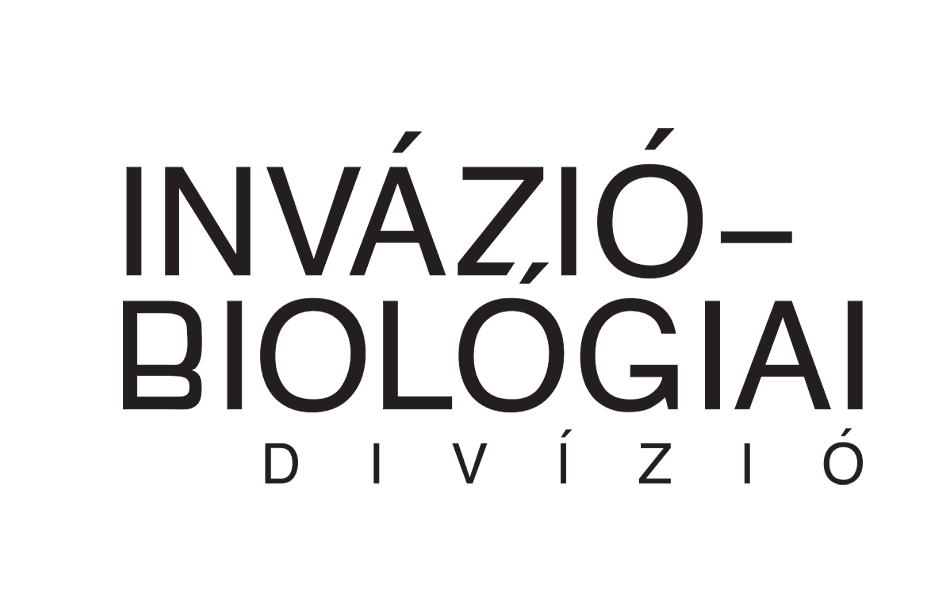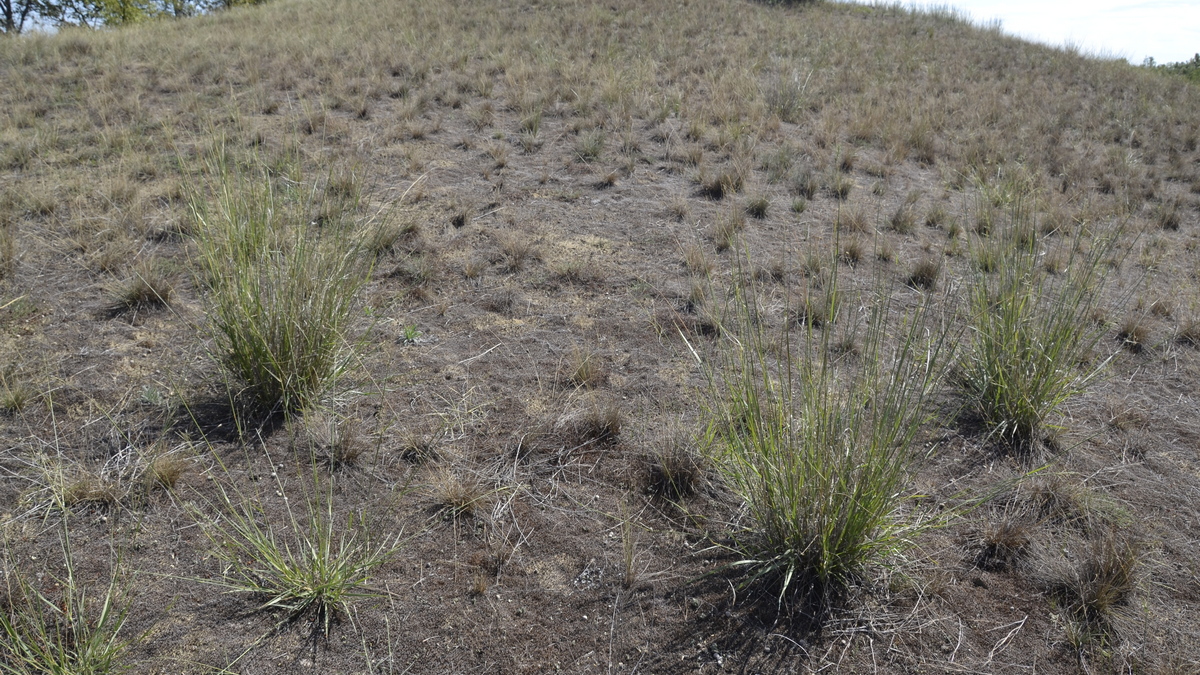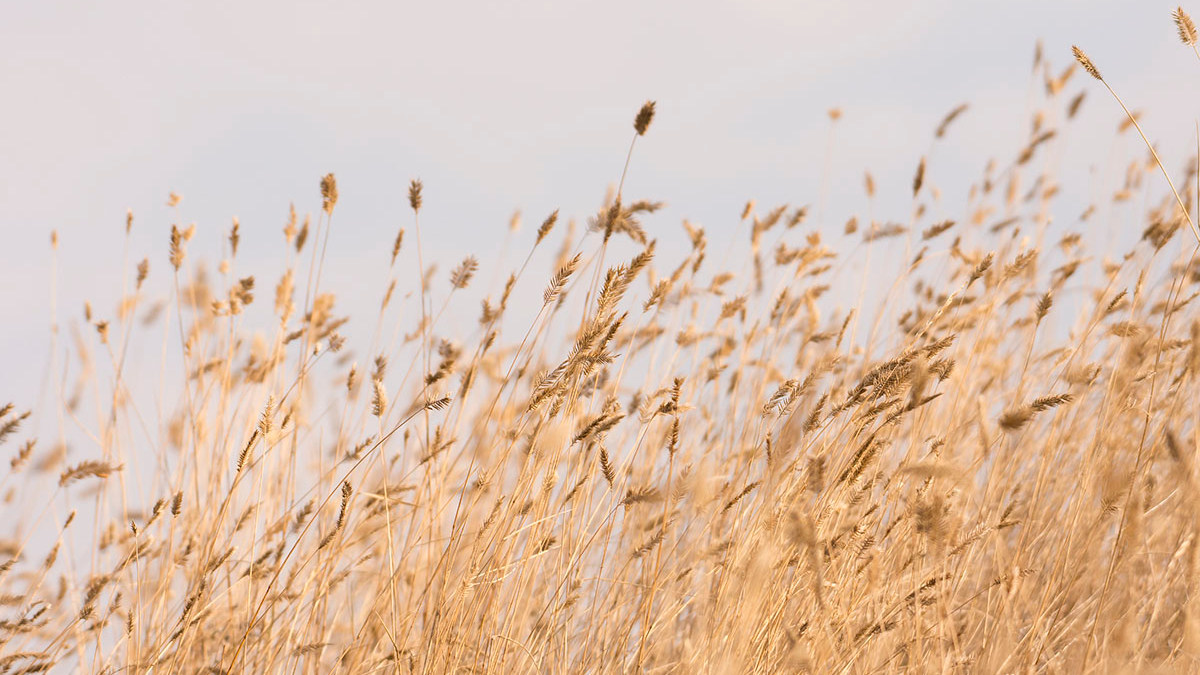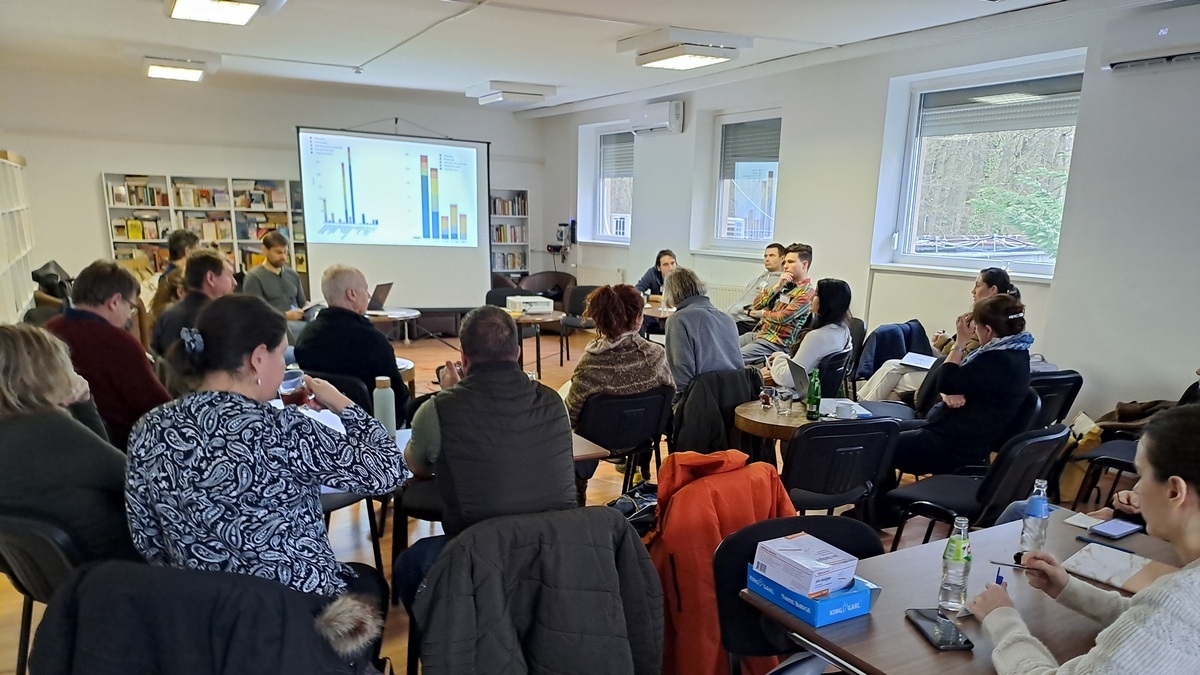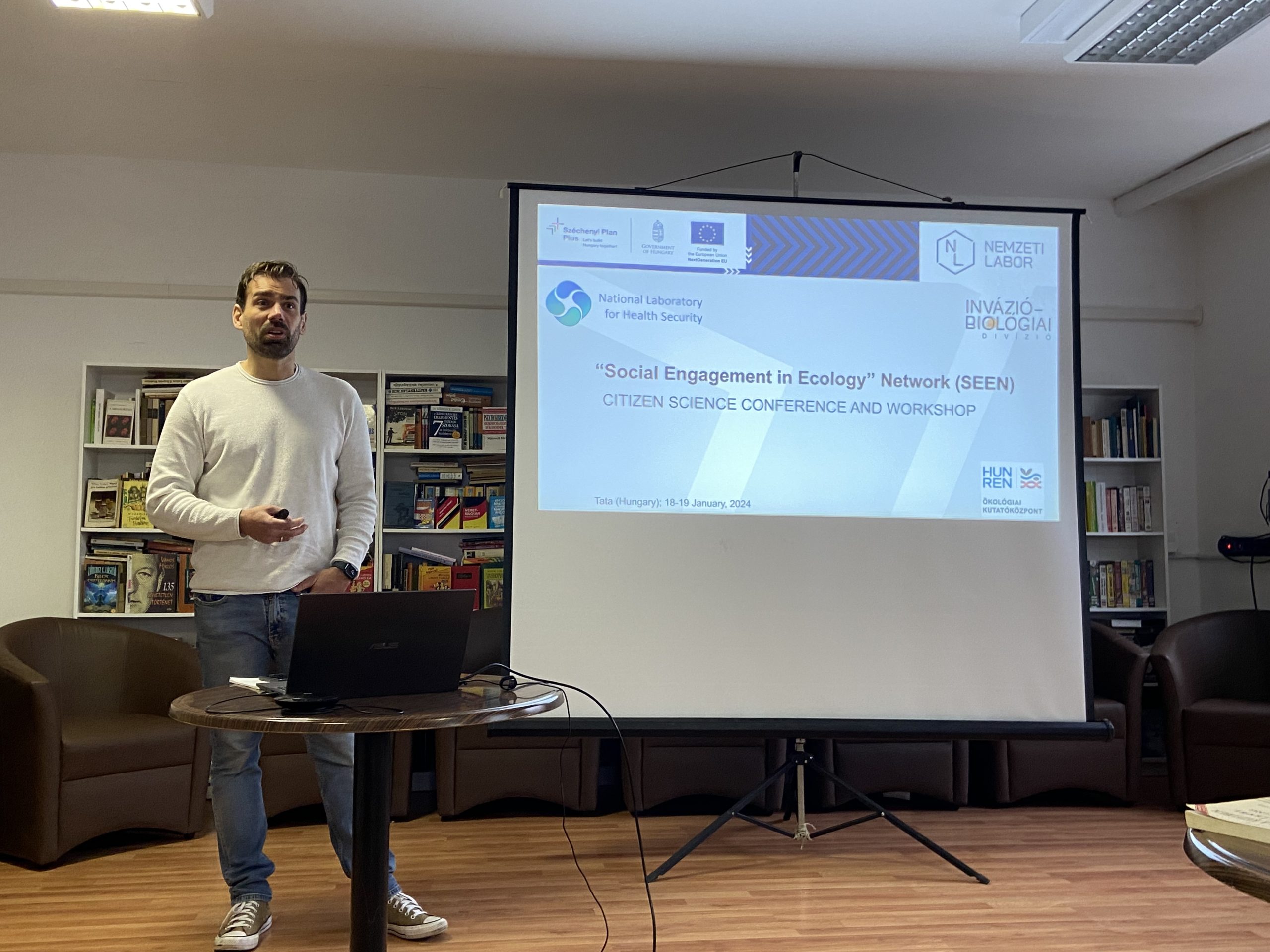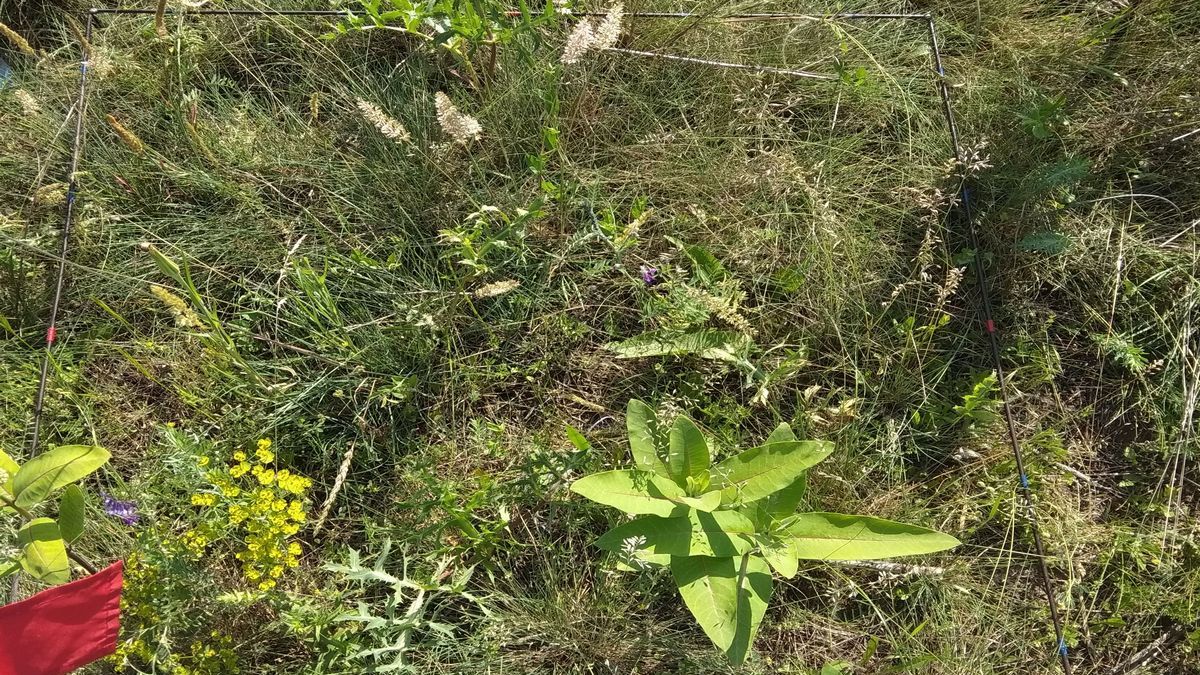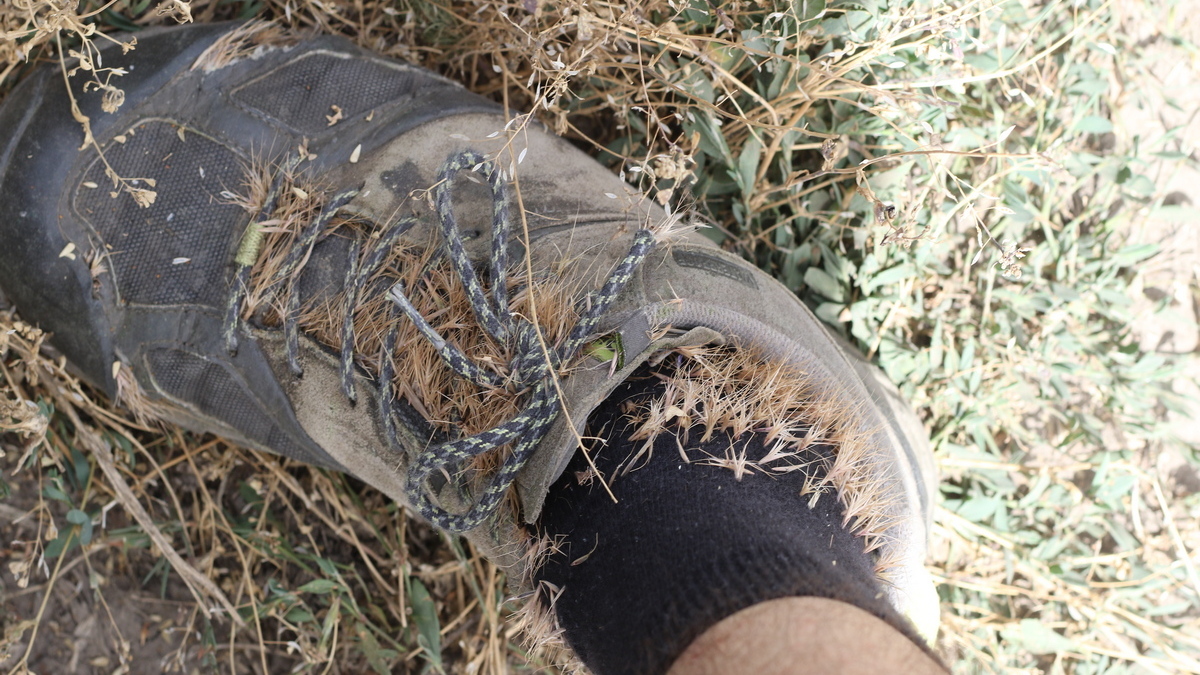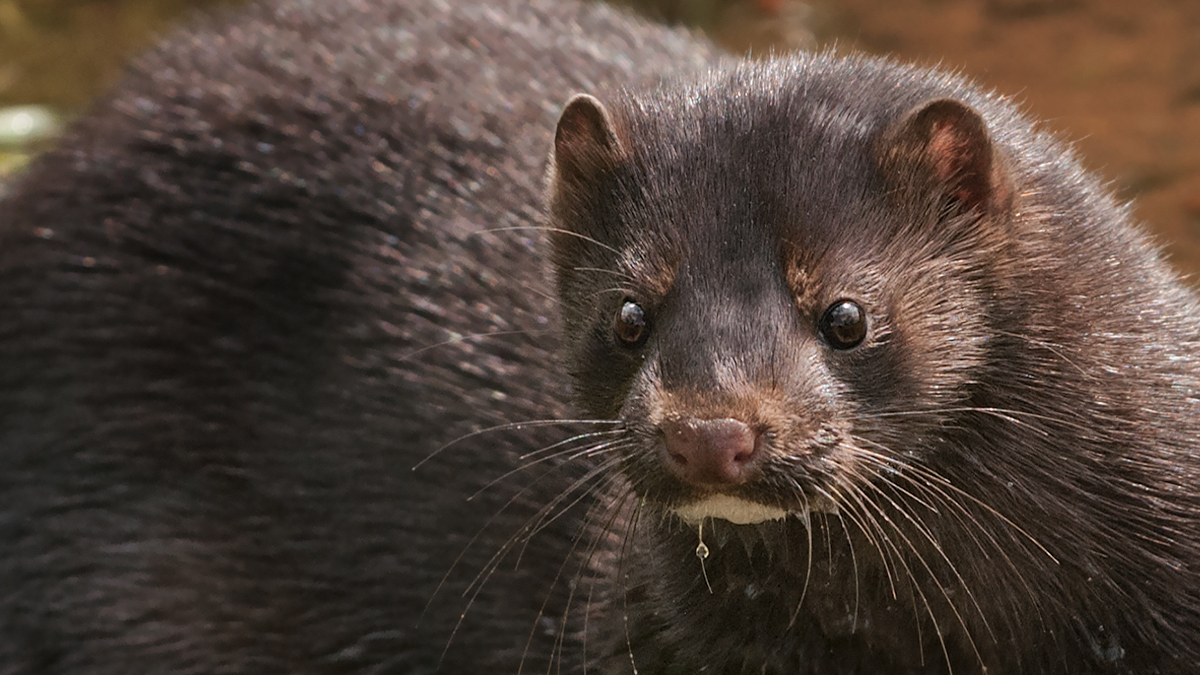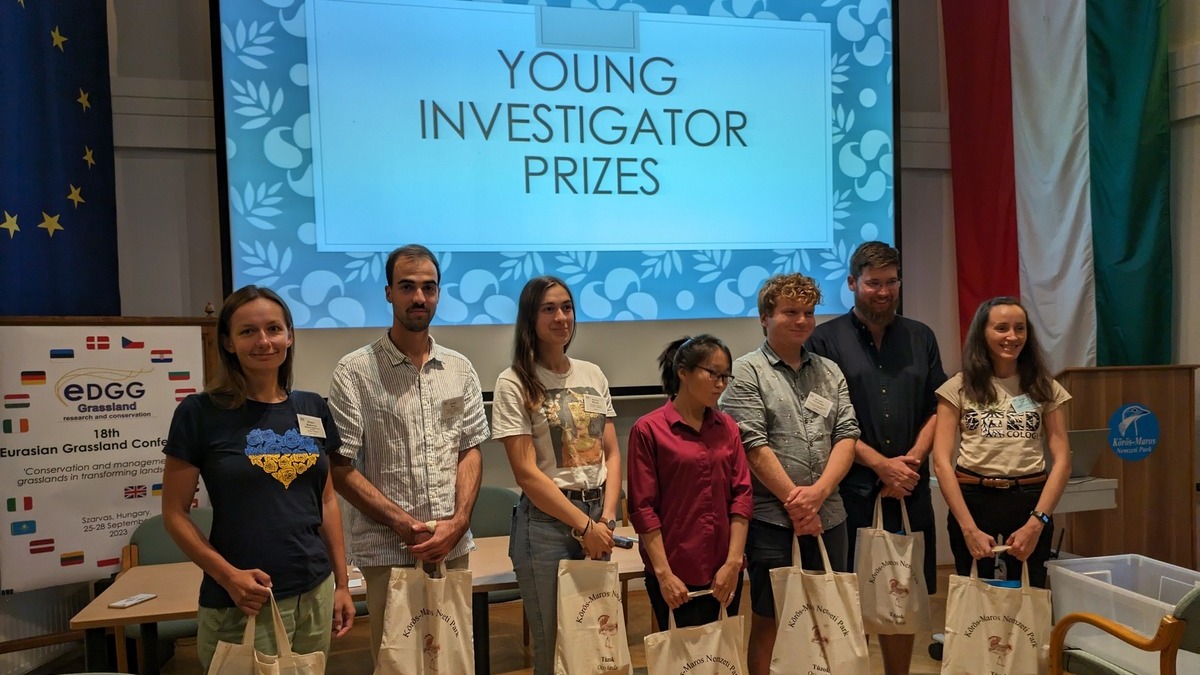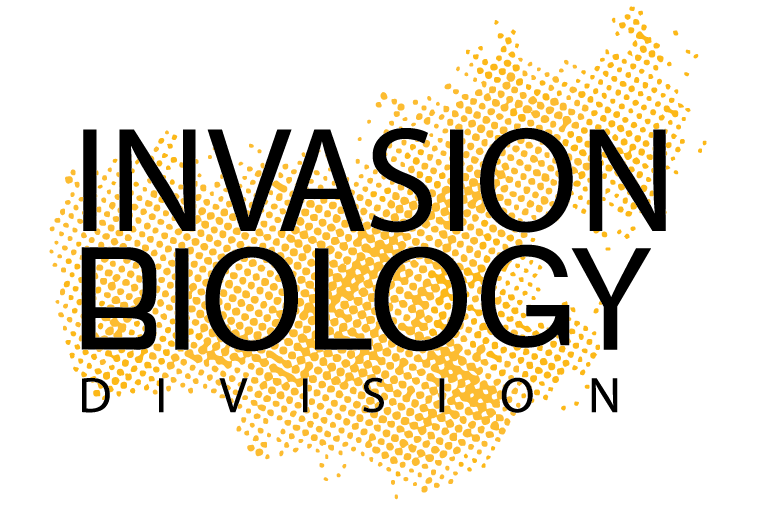
Biological invasions are a growing challenge around the world. Meanwhile, it is now widely recognised and acknowledged that indigenous peoples’ territories play a key role in global biodiversity conservation. On the one hand, their land-use practices are often more nature-friendly than conventional land-use practices, and on the other hand, their territories, like protected areas, are in more remote locations, away from urbanisation and transport infrastructure. Our article, for the first time in the world, examined the extent to which indigenous peoples’ territories are threatened by invasive species compared to the rest of the world’s landscapes. We used our previously published global map. We calculate that, on average, there are 30% fewer invasive species in indigenous peoples’ landscapes than in other parts of the world. If we take into account differences in sampling intensity, distance of sites from roads, major land cover types, etc., the difference is reduced but remains significant. In the rare cases where the number of invasive species was higher in the indigenous areas, propagule pressure from neighbouring, e.g. urban areas, could be assumed as a cause.
Our article is part of a series of articles examining the contribution that indigenous peoples’ territories can make to the maintenance of the world’s natural heritage.
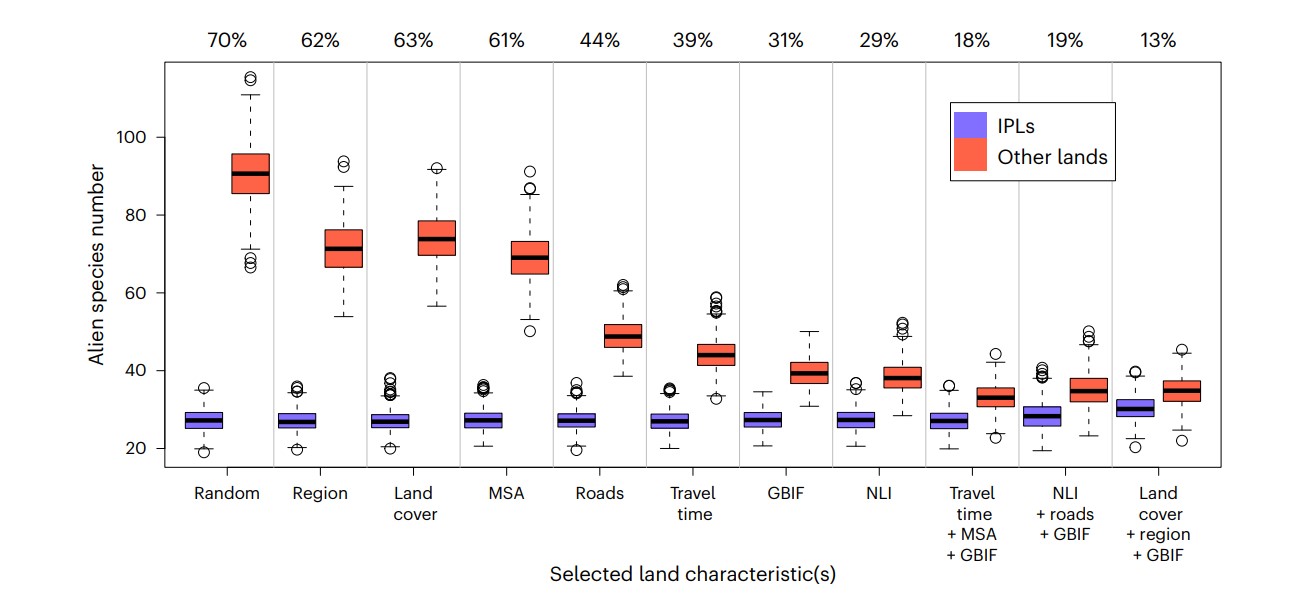
Related publications:
Fa, JA, Watson, JEM, Leiper, I., Potapov, Evans, Burgess, Molnár, Z., Fernández-Llamazares, Duncan, Wang, Austin, Jonas, Robinson, Malmer, Zander, Jackson, Ellis, Brondizio, Garnett (2020): Importance of Indigenous Peoples’ lands for the conservation of intact forest landscapes. Frontiers in Ecology and the Environment 18(3), 135-140.
Garnett, S.T., Burgess, N.D., Fa J.E., Fernández-Llamazares, Á., Molnár, Zs., Robinson, C.J., Watson, J.E.M., Zander, K.K. et al. (2018): A spatial overview of the global importance of Indigenous lands for conservation. Nature Sustainability 1: 369–374.
O’Bryan CJ, Garnett, ST, Fa, JE, Leiper, I., Rehbein, J, Fernández-Llamazares, Á, Jackson, MV, Jonas, HD, Brondizio, ES, Burgess, ND, Robinson, CJ, Zander, KK, Molnár, Z, Venter, O, Watson, JEM (2021): The importance of indigenous peoples’ lands for the conservation of terrestrial mammals. Conservation Biology, 35: 1002-1008.
Seebens, H., Niamir, A., Essl, F., Garnett, S.T., Kumagai, J.A., Molnár, Zs., Saeedis, H., Meyerson, L.A. (2024): Biological invasions on Indigenous peoples’ lands. Nature Sustainability (nyomdában) https://doi.org/10.1038/s41893-024-01361-3




